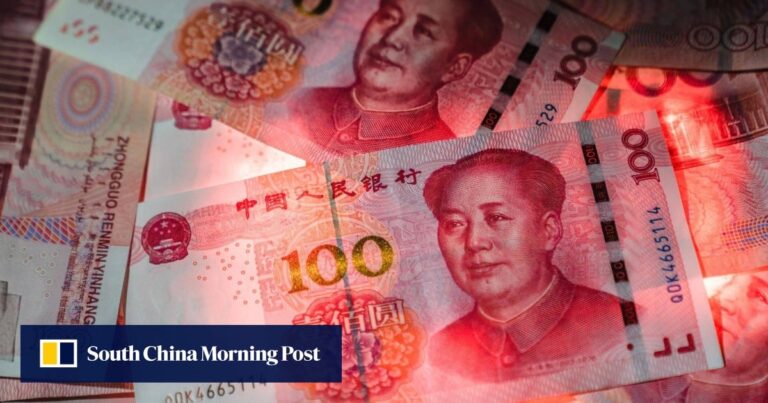A total of 1,657 companies were surveyed in March, of which about 71 percent were private companies, 13 percent were state-owned enterprises, and 15 percent were foreign-affiliated companies.
The findings reflect the challenge facing China as it seeks to transform the yuan into an international currency that can challenge the global hegemony of the U.S. dollar, which gives Washington considerable leverage in imposing crippling sanctions and waging other forms of financial warfare.
Although the renminbi’s internationalization index, as measured by the Chinese central bank, has improved significantly since 2009, it still lags far behind the dollar and euro in terms of trade settlement, international payments, foreign exchange transactions and central bank foreign exchange reserves.
The new study found that other obstacles include fluctuations in the yuan exchange rate, interest rate differentials between the yuan and foreign currencies, and obstacles to cross-border capital flows.
More than 63.84% of respondents cited “policy complexity” as the main obstacle, while more than 40% cited problems with “legal and regulatory consistency” and “barriers to capital movement.”
About 30% responded that the yuan’s “investment scope is limited,” and about 20% pointed out that there was a “lack of hedging tools.”
George Lu, operations director at a European medical-device company in the Yangtze River Delta, said many original equipment manufacturers receive payments in dollars from their overseas headquarters and convert them into yuan to cover production and operating costs. Any surplus yuan is deposited in Chinese bank accounts.
“The yuan-denominated amounts in the bank accounts are only used for short-term wealth management products and will be converted back into US dollars when the exchange rate is favourable,” he said.
“We are not considering other yuan-denominated transactions for the time being as policy risks and market risks are uncontrollable.”
“Customers in Southeast Asia are more likely to pay in yuan, most of whom are primarily Chinese. Customers in other overseas markets currently prefer to pay in dollars as the yuan is still not very useful for investing in their countries,” said Kent Liu, a Guangzhou-based digital printing manufacturer with factories in the Americas and Southeast Asia.
According to the survey, the majority of respondents were involved in cross-border trade settlements in yuan or foreign exchange transactions related to the yuan.
However, less than a quarter of them were engaged in offshore yuan trade finance, yuan deposits, or yuan-denominated asset management activities.
Regarding plans for the second quarter, just under 80% of respondents had no plans to increase RMB payments, nearly 10% planned to increase them by up to 10%, 9% planned to increase them by 10-50%, and only 2% planned to increase them by 50-100%.
The report concluded that growing global economic and political uncertainty, increased volatility in international financial markets, rising geopolitical risks, and intensifying U.S.-China trade friction have had a significant impact on cross-border RMB settlements.
The report called on authorities to make greater efforts to simplify cross-border yuan settlement procedures, reduce transaction costs and support cross-border yuan settlement for new foreign trade business, as well as to strengthen the currency’s function and promote the use of the yuan in trading of key commodities such as oil, gas and iron ore.

